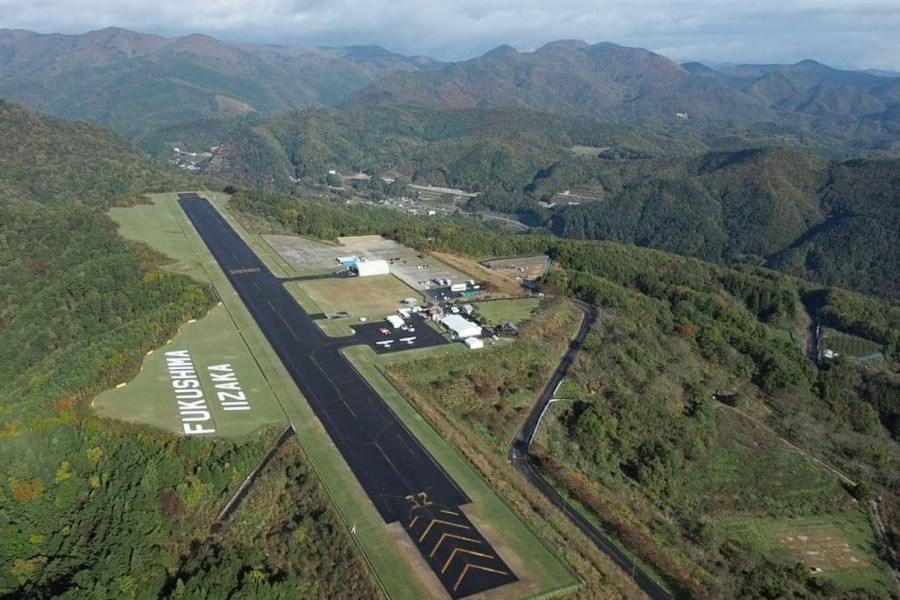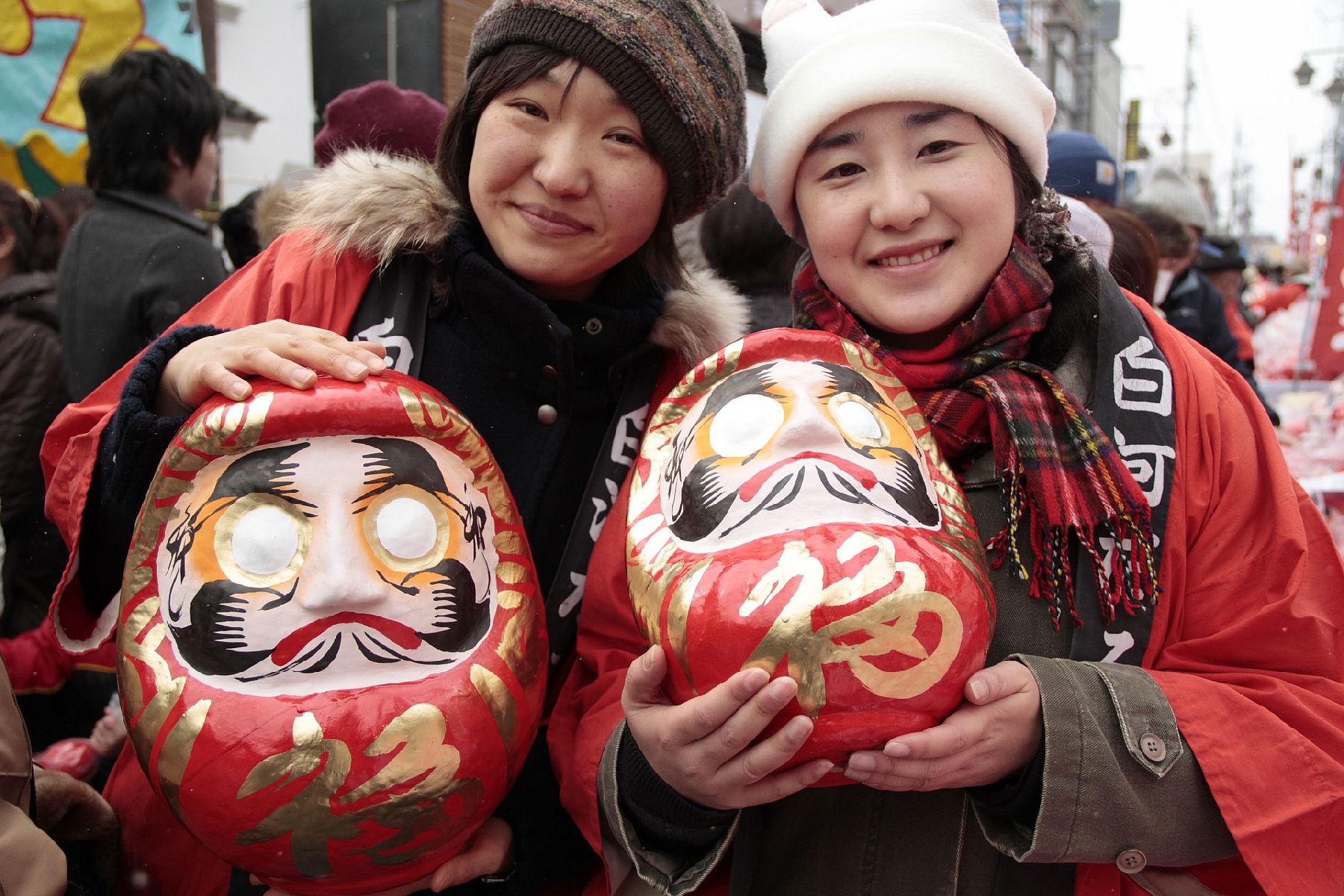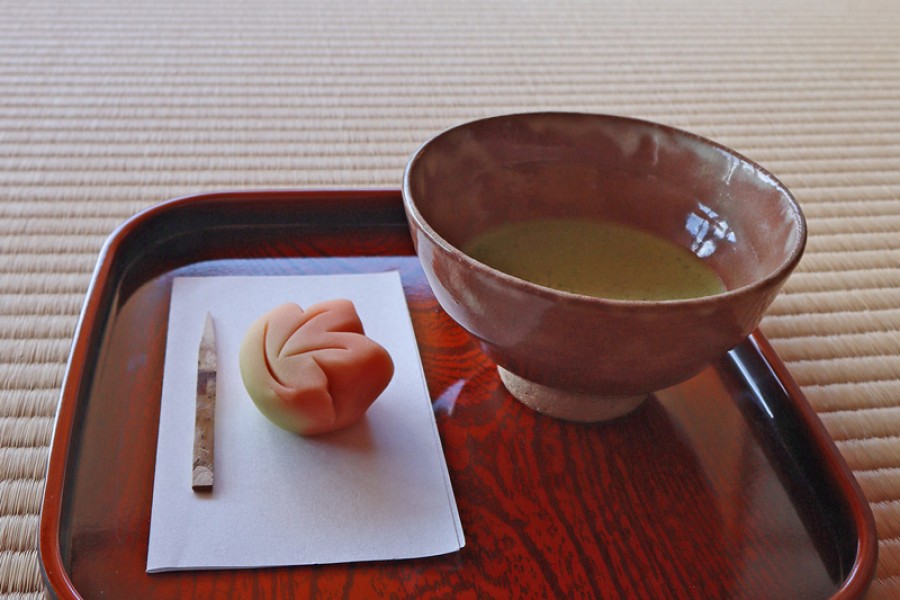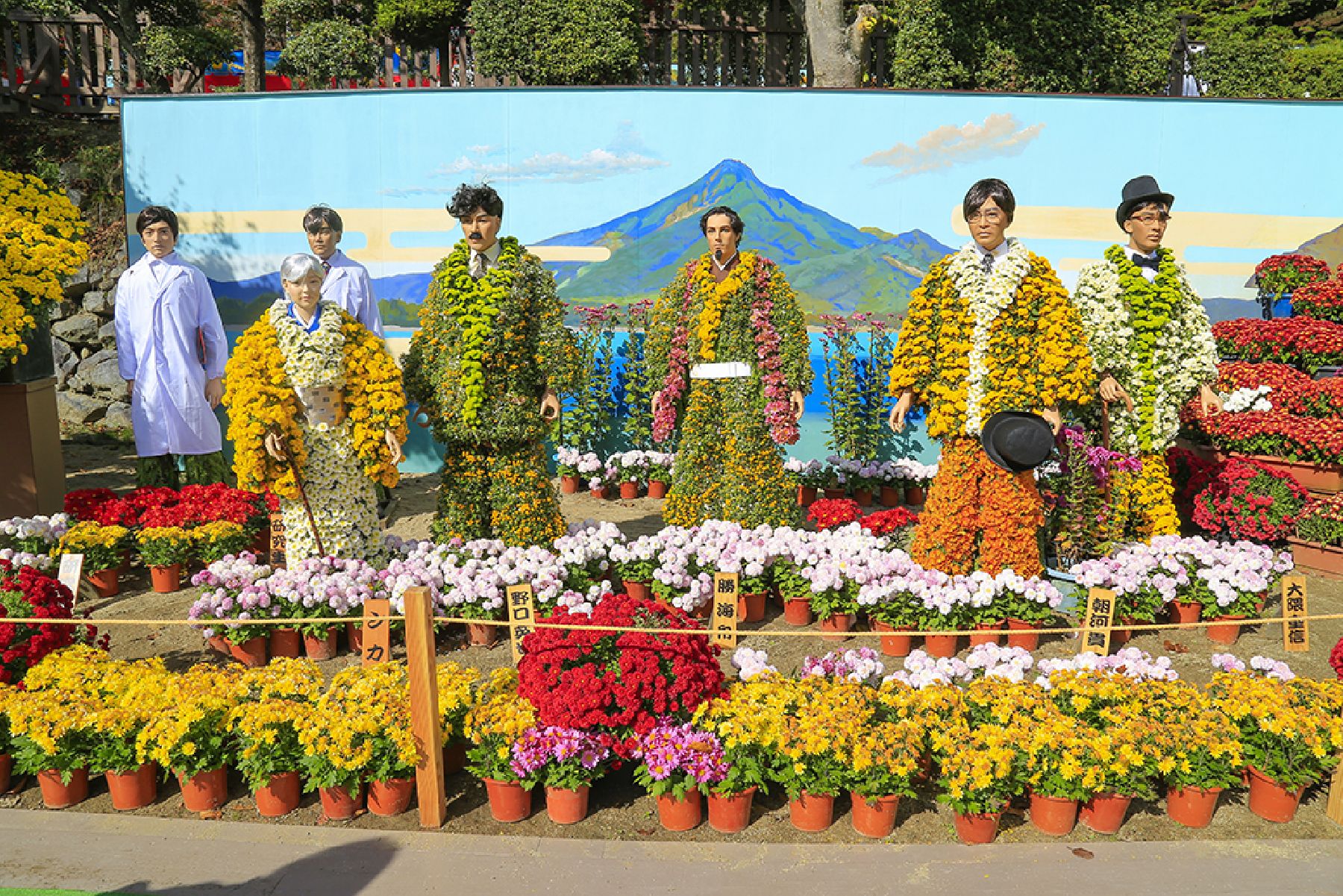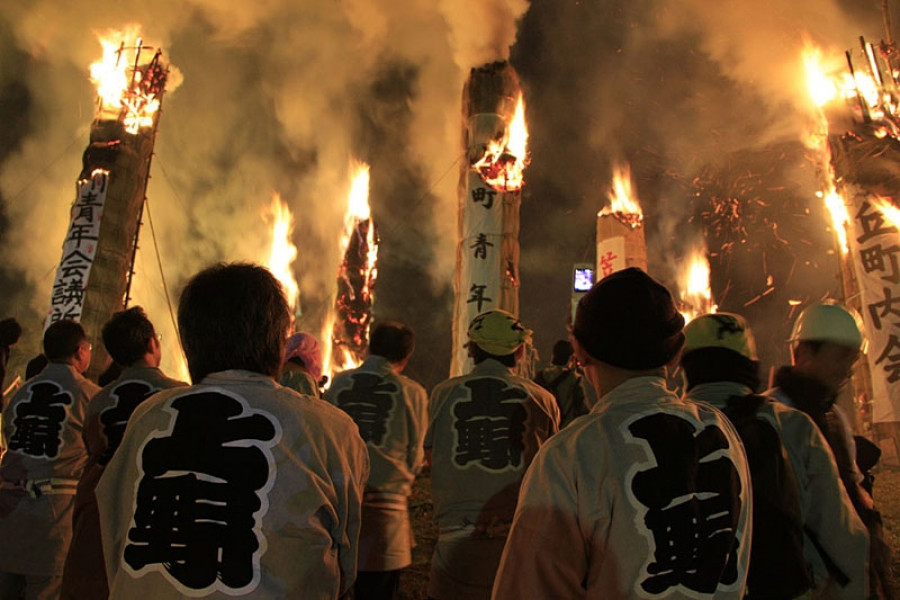Events
Taimatsu Akashi
With a history stretching back over 400 years, the Taimatsu Akashi is one of the three major fire festivals in Japan. As the night grows darker and the bonfires flare brightly here and there around the venue, groups of local junior high and senior high school students march through the town carrying 30 8-meter-long wooden torches called Hon-taimatsu, which they created by themselves, followed by a group of young men carrying the huge wooden torch called the Dai-taimatsu (10 meters long and weighing about 3 tons), and a group of women carrying a smaller wooden torch called the Hime-taimatsu (6 meters long and weighing 1 ton). These torches are carried to the top of Mt. Gorozan.There is also a wooden frame depicting Sukagawa Castle and a group of samurai warriors. As the drummers from Oushu Sukagawa Taimatsu-Daiko Hozonkai powerfully beat their Taimatsu-Daiko drums, the torches and the wooden frame are lit with a sacred fire carried up by a group of runners from Nikaido Shrine. The whole mountain looks as if it is on fire. The combination of fire and the beating of the drums is reminiscent of the days in the Warring States period.In recent years, this traditional event has become well known as a participatory festival, allowing neighborhood associations, local elementary school pupils, and tourists to join the parade to Mt. Gorozan, each carrying a thin torchwood called a Sho-taimatsu (10 cm in diameter).
